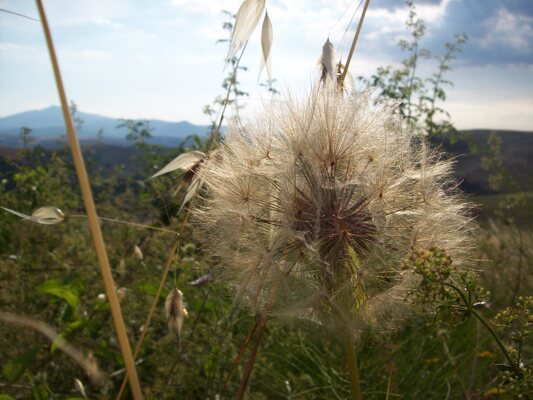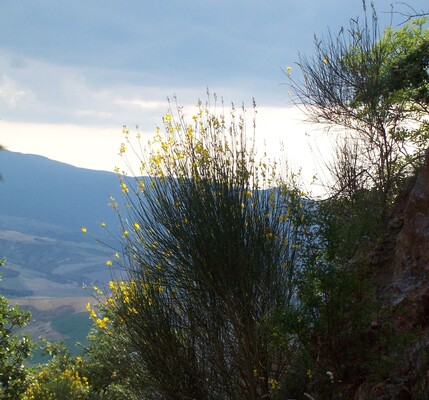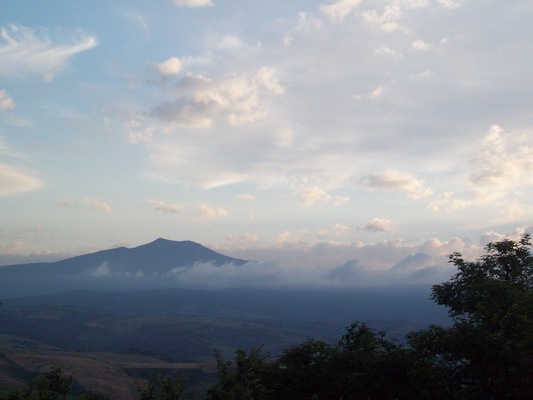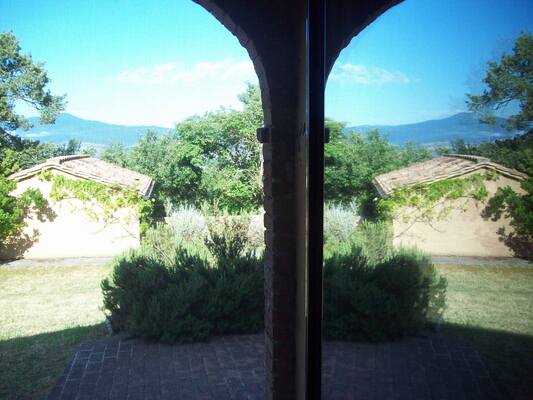
Hello! My name is Anka and I am here to tell you how to be a lazy teacher. ‘Lazy’ here is to highlight ‘no preparation‘ although that does not mean ‘doing nothing at all‘. That never happens in the pre-school classroom.
All of the songs featured here are the favourites of my students and that is one of the two reasons why we turned them into games. The other one is the fact that all of them contains the most precious structures and an opportunity that I could not just miss.
One disclaimer that needs to be included here (and the most important one here) is that things do not happen overnight and these are not the games that we play in the same lesson in which the songs are introduced. The song games are the freer practice activity, the follow-up, the spontaneous production opportunity and the fun opportunity, yes, but we start playing them strictly only when the kids have become entirely familiar (‘borderline bored’ even) with a song. All due to the age of the students and the way they process songs and the world.
This post will be about our (mine and the kids’) Top Five Songs, those which brought us most fun. If you are interested in the logistics, please have a look at the older post in which I describe the stages of un-singing a song in more detail. You can find it here.

Do you like broccoli ice-cream?
If, by any chance, you are not familiar with the phenomenon of broccoli ice-cream, it is definitely time to catch-up. This is the song that my own personal ‘un-singing’ started with and I have safely say that since I found this song, this has been the only tool I have been using to introduce and to practise ‘Do you like…?’ with both my primary and pre-primary students.
We start with singing and talking about food, we created our own most random, disgusting and delicious, food combinations and then we slowly move towards the non-culinary questions, too.

What do you like to do?
When I was first introducing this song, I was in two minds. On the one hand, the song was very tempting – lots of useful verbs, a beautiful complex sentence with a linking word ‘but’ and lots of fun. On the other hand, my 5 year-old preschoolers, beginners and all these verbs…I could not imagine all of these being pre-taught all together. We would have to have a whole separate unit, flashcards, two weeks of practice and then the song itself. I didn’t want to do that.
And I did not. We turned everything upside down and inside out and we started with just watching the video, for the fun of it and for pleasure. The practice and the speaking, started with these few verbs that we did know already such as ‘dance’, ‘ride a bike’, ‘cook’. They were the main focus and everything else was acquired, bit by bit.
When we create our own ideas for things we like and don’t really like to do, the kids first tend to change only little details, for example ‘I like riding a bike but I don’t like riding a dinosaur’ instead of the original ‘shark’ or to use the ideas from other verses, for example ‘I like reading but I don’t like reading in the air’, instead of ‘upside down’. But the important thing is that they speak and the song helps them produce complex sentences. The really amazing thing happens later on – the more we play, the more creative and original these contributions become.
As a teacher, I am mostly interested in maximising production, of course, but there are some hidden bonuses here. The kids know that it is the creative part of the lesson and they are really looking forward to hearing their friends’ ideas (aka ‘we work on the focus and extending the attention span’), they listen (aka ‘we develop one more skill’) and they react either by just laughing or expressing opinion when their own view on riding dinosaurs or drawing on the moon differs from that of the author (aka ‘we develop interactive skills’).

As quiet as a mouse
As soon as I found this song, I knew that I would be singing it with all my students. After all, conditions are perfect: a yummy piece of a structure that wonderfully lends itself to language games, the theme of the animals, some great adjectives (a most recent obsession of a VYL teacher) and, last but not least, a few music genres that were chosen to represent different animals. What’s not too like here?
I liked it so much that I decided to introduce it ‘just because’, not waiting until the next animal lesson or the next adjectives lesson. Actually, at this point, my ‘advanced’ pre-schoolers got bored with all the hello songs (of which I was informed) and so this has become the new hello song or the piece that we start our lessons with now.
And then we play, making new sentences about the animals (‘as beautiful as a lion’), ourselves (‘as happy as Anka’) and all the impossible and sarcastic combinations (‘as big as a ladybird’ and ‘as little as a giraffe’). With lots and lots of laughter.

I’m rocking in my school shoes
This is the only song in this set that does not come from Super Simple Songs and which we owe to Pete the Cat.
Here, the story took a completely different turn – I did want a module on school (it was the start of the year) and on the Present Continous (which would help us later to get the kids involved in the telling of the stories and in the describing the pictures) and so I wrote it for my kids and the video and the song, of course, were the basis for it.
The contents of the module included: rooms in the school and a set of Present Continous sentences, but the original set from the song was later extended by the set of places which the kids studied before (such as ‘the cafe’, ‘the volcano’, ‘the park’) and the other verbs which we have been using for two years in our movement game. Now they came in very handy.
This particular song is the song that we have modified the most and our key structure, sung and then spoken, went according to the formula ‘what I am doing’ + ‘where’, for example: I am reading in the garden.

What’s your favourite colour?
I have mentioned it before, in one of the previous posts, that I utterly love this song. Not only is it a very dynamic way of practising colours (we sing it, touching and pointing at everything green, blue and yellow around us) and, as such, it can be introduced even with the youngest beginners, but it also has got the advantage of introdcing a superbly generative and adaptable ‘What’s your favourite…‘ together with an equally superbly generative and adaptable (and straightforward) answer ‘I like‘. We sing it first with colours but, as soon as the kids are ready, we start singing (and then talking) about our favourite colours. And then, as we progress through the unit, about our favourite fruit, pets, toys, weather, food and animals. If there is any structure that can be and should be introduced as the first five ones…
In class, I sing the verse for each student, using their name ‘Sasha, Sasha, What’s your favourite colour?’ and Sasha is expected to answer by choosing a flashcard from the pile of colour flashcards as she answers. Which is a procedure that we repeat later on with all the topics. To make it more managable, I have also created a set of special flashcards which have the question on one side and a selection of items in each category on the other side. This way I do not have to keep a huge pile of flashcards from all the categories to practise this question.
With my older students we have managed to take this activity one step further and turn it into a pairwork activity. At this point, we have a beautiful selection of categories (sport, hobbies, lunch, dessert, transport, toys, jungle animals, farm animals, ocean animals) and the kids are good at accepting the flashcard of a tractor to stand for the entire category. We put our ten categories of the day (aka ten flashcards) on the floor, we sit around it in pairs. One child in each pair gets five counting sticks and they ask their chosen five ‘favourite’ questions to their partners and, as they do, they put one stick on the relevant flashcard. After they are done, I collect the sticks, divide them into the packs of five and redistribute and the other child in each pair asks their chosen questions.
As a follow-up, they ask me a question each, as we collect the cards of the floor. A beautiful, personalised pairwork activity that started a long while ago with a Super Simple Song.

What are you waiting from? Have you got a song that you have been singing for a while now and that your kids know very (very) well? Are there any interesting structures that could turn this song into a game? Go on! Use it to maximise production! It will be fun! I guarantee!
Happy teaching!
3 thoughts on “The diary of a lazy (VYL) teacher: Five songs that have become games”